
Recognizing Plant Physiology authors: Andries Temme
Andries Temme, first author of Key traits and genes associate with salinity tolerance independent from vigor in cultivated sunflower
Current Position: Assistant Research Scientist, Department of Plant Biology, University of Georgia, USA
Education: BSc and MSc from Utrecht University, NL; PhD from…
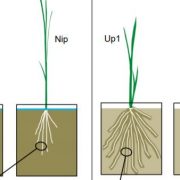
Trapped In the Rhizosheath: Root-Bacterial Interactions Modulate Ethylene Signaling
Author: Sjon Hartman 1,2
ORCID: 0000-0002-6709-6436
1 Plant Ecophysiology, Institute of Environmental Biology, Utrecht University, Padualaan 8, 3584 CH, Utrecht, The Netherlands
2 Corresponding author contact: j.g.w.hartman@uu.nl
Even moderate droughts can greatly limit plant performance…

Self-Incompatibility Can Cause Death in Vegetative Cells
Self-incompatibility (SI) is a mechanism used by flowering plants to prevent self-fertilization. It is controlled by a multi-allelic S-locus that allows self/non-self-recognition between pistil and pollen. In several SI systems, when male and female S-determinants match, self pollen is recognized and…
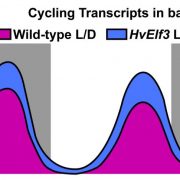
The rhythm of the light: how light and the clock drive cycling of transcript levels in barley
Circadian rhythms are ubiquitous among living things. A core set of so-called clock genes and their products assemble an oscillatory network that provides a rhythm to anticipate dawn and dusk (Hsu and Harmer, 2014). The circadian clock regulates the day/night rhythms of plants and light itself has many…
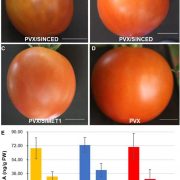
METHYLTRANSFERASE1 and Ripening in Vivipary
During fruit ripening in tomato and other flowering plants, the seeds contained within the fruit normally become dormant. However, under certain physiological conditions, seeds can germinate within fruits, a phenomenon called vivipary. Vivipary can substantially reduce yield and product quality in vegetables,…
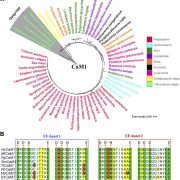
Calmodulin and Salt Tolerance
Salt stress is a major abiotic factor restricting crop growth and productivity. Excess sodium (Na+) causes ion toxicity and ion imbalances. Maintaining lower Na+ accumulation in shoots is crucial for salt tolerant plant species and genotypes under salt stress. Lower shoot Na+ accumulation in plants…
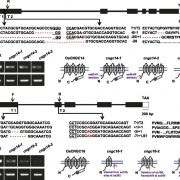
Cyclic Nucleotide-Gated Channels and Temperature Stress
Extreme temperatures often negatively impact plant productivity. Both heat and cold induce transient Ca2+ influx into the cell cytoplasm. Cui et al. (10.1104/pp.20.00591) have investigated the function of two closely related cyclic nucleotide-gated ion channel (CNGC) proteins, OsCNGC14 and OsCNGC16,…
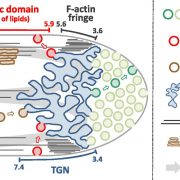
Apical Membrane Traffic In Pollen Tube Tips
Pollen tubes elongate very rapidly at rates of several micrometer per minute and strictly in one direction: this process involves the intense local secretion of cell wall material at the tube tip. Consequently, there is a massive incorporation into the plasma membrane (PM) of excess membrane material…
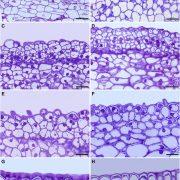
Cutin Synthesis and Deposition
The waxy cuticle that covers the aerial parts of leaves, fruits, and nonlignified stems of land plants is chemically heterogeneous, with lipids representing between 60% to 80% of the cuticle, depending on the plant organ and species. These lipids can be polymerized, represented by cutin, or non-polymerized,…

